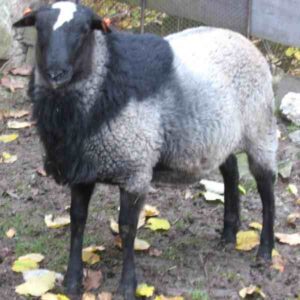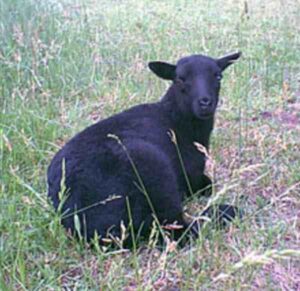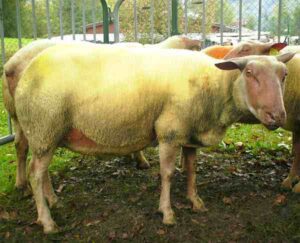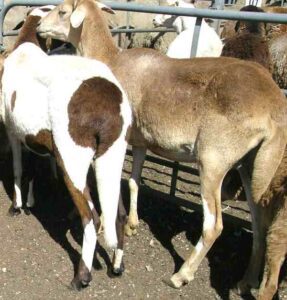The Barbados Blackbelly sheep is a breed of domestic sheep from the Caribbean island of Barbados. It is also known by some other names such as Barbados Barriga Nigra or simply as Black Belly.
Today the breed is raised mainly for meat production. And it is widely distributed in more than 25 countries world-wide, mainly Caribbean and South America. The breed is most abundant in the Caribbean region, in Peru and in Mexico.
The Barbados Blackbelly sheep breed was developed from crosses of African hair sheep and the European wooled sheep breeds that were brought to the island during the beginning of the mid 1600s. Total population of this breed was estimated at about 158,000 in 2015.
The Barbados Blackbelly sheep was first imported into the United States in 1904. And the breed attracted the most interest in Texas, where they were loosely managed and often crossed with Mouflon and Rambouillet for creating a game animal with a large set of horns (the Mouflon is a feral horned sheep breed).
There were about 1971 registered Barbados Blackbelly sheep in the United States in 2014. Read some more information about this breed below.
Barbados Blackbelly Sheep Characteristics
The Barbados Blackbelly sheep are relatively smaller sized animals with fairly deep body and with well-sprung ribs. They appear in all shades of brown, tan or yellow. Their face is generally of black or brown color. And as the name suggests, their belly part is black.
They have black points on the nose, forehead and inside of the ears are also black. The rams have a neckpiece of thick hair which extends down the neck to the brisket, some may cover to the shoulder.
Head of the Barbados Blackbelly sheep is of medium size and is well in conformation to the neck and body. The rams especially have a slight tendency to a roman nose. Their ears should not droop, and point forward from the side. Their neck is medium in length, slender in conformation to body size.
The rams are generally heavier and well set to the shoulder. Their legs are generally quite well set. The Barbados Blackbelly sheep are ‘hair sheep’ breed, which means they do not grow wool but have coarse hair instead.
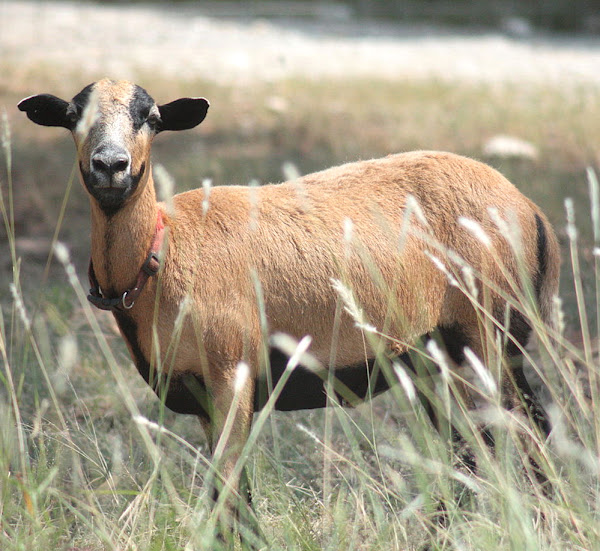
And they often develop a wool undercoat that they shed in the spring, if raised in cooler climates. Average live body weight of the mature Barbados Blackbelly ewes is between 39 and 45 kg. And average mature body weight of the rams vary from 45 to 59 kg.[1]
Uses
The Barbados Blackbelly sheep is a meat sheep breed. And currently it is raised mainly for meat production.
Special Notes
The Barbados Blackbelly sheep are extremely hardy and strong animals. They can thrive in the hot and humid environments that are challenging for most sheep but they can also do well in colder climates. They are alert and docile in terms of temperament.
They are very prolific, and they reproduce non-seasonally. That means that, they breed and lamb year-round, and the ewes maintain pregnancies throughout the heat of the summer. The ewes generally produce twins or triplets and can lamb twice a year under good/certain management conditions.
The Barbados Blackbelly sheep are excellent foragers, and they are highly resistant to diseases. They can tolerate a higher worm load without requiring chemical intervention.
Today the breed is raised mainly for meat production. Meat of these animals is of excellent flavor and much milder than most of the usual market lambs. This is possibly due to less fatness, since the characteristics flavor of lamb meat is primarily in the fat.
The Barbados Blackbelly sheep breed is also sometimes used for cross breeding purpose. However, review full breed profile of the Barbados Blackbelly sheep in the following chart.
| Breed Name | Barbados Blackbelly |
| Other Names | Barbados Barriga Nigra, or simply as Black Belly |
| Breed Purpose | Mainly raised for meat |
| Special Notes | Extremely hardy and strong animals, can thrive in the hot and humid environments that are challenging for most other sheep breeds, but they can also do well in colder climates, alert and docile temperament, the ewes are highly prolific and they reproduce non-seasonally, generally produce twins or triplets, the ewes can lamb twice a year under certain management conditions, excellent foragers, highly resistant to diseases, can tolerate a higher worm load without requiring chemical intervention, often used for crossbreeding, very good for meat production, high quality meat, excellent flavor and much milder meat than most of the usual market lambs |
| Breed Size | Small to medium |
| Weight | Mature ram’s average body weight is between 45 and 59 kg, and the mature ewe’s average live body weight vary from 39 to 45 kg. |
| Horns | Yes |
| Climate Tolerance | Almost all climates |
| Color | Appear in all shades of brown, tan or yellow |
| Rarity | Common |
| Country/Place of Origin | Caribbean |
